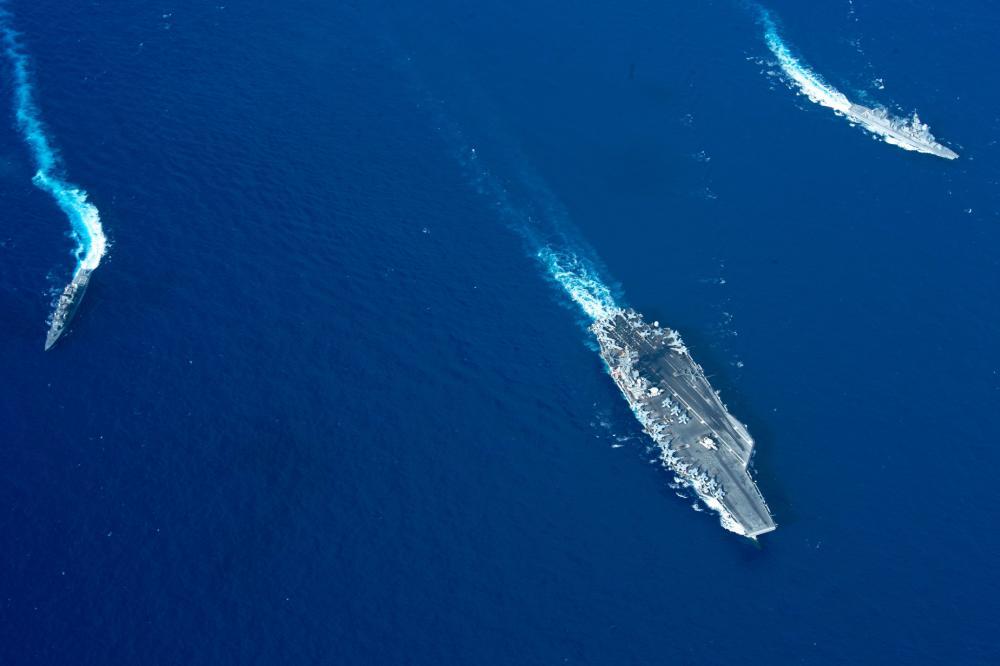The U.S. Navy and Japan Maritime Self-Defense Force (JMSDF) concluded several days of at-sea bilateral training in the Philippine Sea, August 18. The training included the U.S. Navy’s only forward-deployed aircraft carrier USS Ronald Reagan (CVN 76), guided-missile cruiser’s USS Antietam (CG 54) and USS Chancellorsville (DDG 62), aircraft from Carrier Air Wing (CVW) Five, embarked staffs of Destroyer Squadron (DESRON) 15, Carrier Strike Group (CSG) Five and the JMSDF destroyers JS Ohnami (DD 111) and JS Yamagiri (DD 152).

“Every opportunity we have to integrate with our Japanese Maritime Self Defense Force partners helps to ensure that we’re more than ready to face any challenge in the Western Pacific. Now more than ever, the world needs to see that allies and partners are eager to work together to respond to crisis and are equally committed to the preservation of a free, stable, and secure Indo-Pacific region,” said Capt. Justin Harts, Deputy Commodore, Destroyer Squadron (DESRON) 15 and embarked Sea Combat Commander.

The U.S.-Japan bilateral operations provided an opportunity for both countries to work together, increase interoperability and focus on common maritime goals. Several Japanese Maritime Self Defense Force personnel visited Ronald Reagan and integrated into strike group operations and watch standing evolutions. Ronald Reagan Carrier Strike Group, also known as Carrier Strike Group 5 or CSG 5 is the U.S. Navy carrier strike group assigned to the United States Pacific Fleet and permanently forward deployed to the U.S. 7th Fleet.

The Ronald Reagan Carrier Strike Group is assigned to Commander, Task Force 70 and is on a routine deployment in U.S. 7th Fleet. 7th Fleet is the largest forward-deployed fleet and routinely operates and interacts with 35 maritime nations while conducting missions to preserve and protect critical regional partnerships. It is headquartered at U.S. Fleet Activities Yokosuka, in Yokosuka, Kanagawa Prefecture, Japan. At present, it is the largest of the forward-deployed U.S. fleets, with 50 to 70 ships, 150 aircraft and 27,000 Sailors and Marines.












